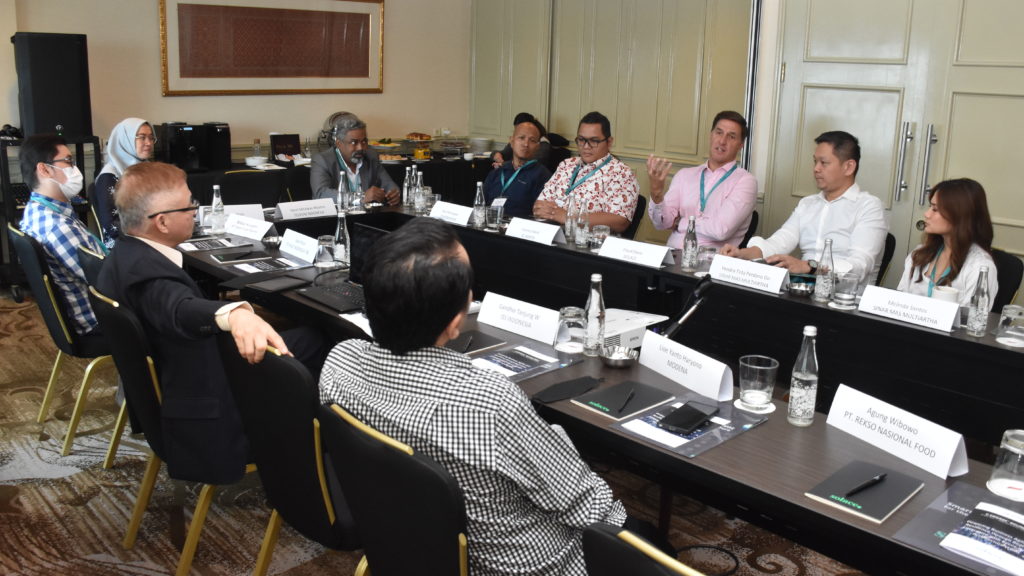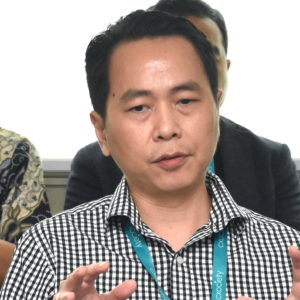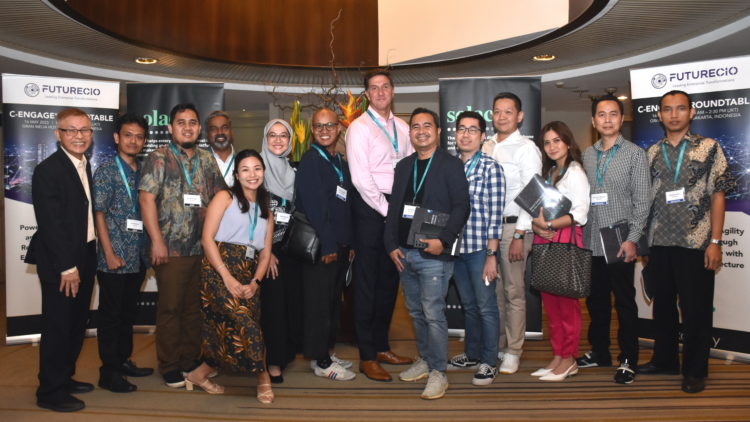Events drive the business landscape. Defined as a change of state, every transaction, decision or internal initiative creates an event in the business world. An event-driven architecture (EDA) captures them all.
EDA is not new. Yet, this architecture is gaining importance as companies battle geopolitical issues, inflation-driven uncertainties, shifting consumer sentiment, and an AI-driven world that evolves in seconds. Waiting for reports is becoming a luxury for decision-makers, and LOB leaders want real-time information.
Gartner distinguished VP analyst and fellow Yefim Natis said these headwinds, coupled with a focus on the ROI of transformation and modernisation efforts, will require CIOs and application technical professionals to apply new architectures, new technologies and more automation.
FutureCIO and Solace teamed up to explore Indonesia's new appreciation of EDAs. Together with senior IT and data executives, they also looked at the challenges and why Indonesian businesses are embracing EDA.

Deciphering motivation
The rise in the importance of data drives EDA. "I think it is universally recognized that moving our businesses to event-driven is because data is becoming ever more important," said Floyd Davis, vice president of solution engineering for APJ & ME at Solace.
Davis noted that the disruptions faced by companies perpetuated by the pandemic over the last three years were a primary motivator.

“It's no longer good enough that you are just as good as your competitors; you have to be exceedingly good in many ways. And so, there's been a real fundamental shift."
Floyd Davis
The challenge is that a lot of data comes with an expiry date. They are only helpful at the right time, and, especially with operational data, the value of usefulness diminishes over time.
"The real question is that I have this information, and I have these events, and I have this data within my systems, but are they being delivered to necessary business processes at the right time? If not, then the value of that information is likely lost," said Davis.
Rapidly shifting customer behaviours adds a new dimension. Tommy Marki, head of technology architecture and business process at PT. XL Axiata Tbk noted that in Indonesia, consumers want “instant gratification.”
"Whenever a customer is trying to purchase something or buy something, they want it immediately. So, I think that is one of the foundations we took in terms of finding technology that enables us to support this kind of behaviour," said Marki. It's one reason why they chose Solace for their EDA.
EDA also opens other revenue possibilities. Davis cited manufacturers as examples of companies using EDA to differentiate and speed up response times.
"Previously, if something has failed or needs a technician, the manufacturer gets a call from the customer. Then, they need to go through the duty roster and get somebody there in three days," said Davis.
Leveraging real-time events from the equipment, manufacturers can reschedule technicians who may have completed other jobs faster and are in the area. "So, you've shortened the time to fix an issue, and ultimately the customers are happier," Davis added.
Data-centricity vs. event-driven
Many Indonesian companies' backend architecture is a mash-up of modern and legacy components.
Yendra Tirta Perdana Go, head of data analytics at Sinar Mas MultiArtha, noted that internal architectures can be complex with different applications tightly integrated.
"Because one business unit will have multiple applications, other business units may still have legacy systems. So, we need to do better," said Go.

Yet, Lioe Yanto Haryono, vice president of digital information technology at MODENA, sees EDA as a natural step for companies moving from monolithic to microservices architectures.
In fact, Lioe is looking to go further. He wants to see whether companies can use EDA to create real-time data transactions for a complex system.
“From the OLTP perspective, whether it is from our ERP, Web or Mobile apps that are being used by our users, but how are we going to recognize that this EDA will have a good impact on our business and operation,” explained Lioe.
However, Lioe admitted that legacy apps at the company "that don't have a good integration between others" pose a significant roadblock. "So, we have a lot of data, but not all of the data is actually what we can rely on if it is not streamed well.”
Davis felt people need to shift their mindset about data ownership and start “thinking” events.
"If the data is the centre of your world, everyone says I need my own copy of the data as opposed to receiving an event stream and then building up my own view of what the world looks like from that event stream," he added.
Shifting mindsets

In today's market, businesses move in real-time. As noted by the participants, consumers expect it, and other companies demand it, especially when you are working in an ecosystem.
“This means that the foundation of the data has to be there and can be consumed by multiple services,” said XL Axiata’s Marki.
This is where an event-driven mindset helps. "Let's take a single event or a subset of events. How do we present those? How do we make those visible to our business, partners, and counterparties," said Solace's Davis.
EDA also overcomes the need to copy vast volumes of data by allowing the line of business decision-makers to make the right calls using live event streams.
"Everyone can tap into the event stream as and when necessary. I can cater my event stream depending on the business process requirements, so not everyone needs to consume unnecessary information only for it to be ignored. And that's part of the power of adopting a truly event-driven mindset," said Davis.
“It's the push model versus the old model. And APIs are part of the classic economy because they are built around polling. So, you just flip it on its head slightly with an event-driven platform as it now pushes to that API,” explained Solace’s Davis.
Simplifying complexity

All participants agreed that taking an EDA route is information simplicity — a significant advantage for increasingly complex IT architectures.
"When I heard about this EDA, it sounded interesting because it can help us combine all of this (data streams) in our back-end system operation," said Sinar Mas MultiArtha's Perdana Go.
Solace's Davis noted that he already sees this appreciation for simplicity in the retail industry. COVID-19 "fundamentally forced retailers to change their business model." "Now, if you don't have a proper digital solution or platform in retail, your business can disappear," said Davis.
"Reacting to asynchronous events or asynchronous information is fundamental to how we operate and integrate," he added, pointing out that EDA empowers retailers to manage such information.
“These are very exciting times,” Davis remarked, adding that businesses are continuing to find new use cases for EDA.





